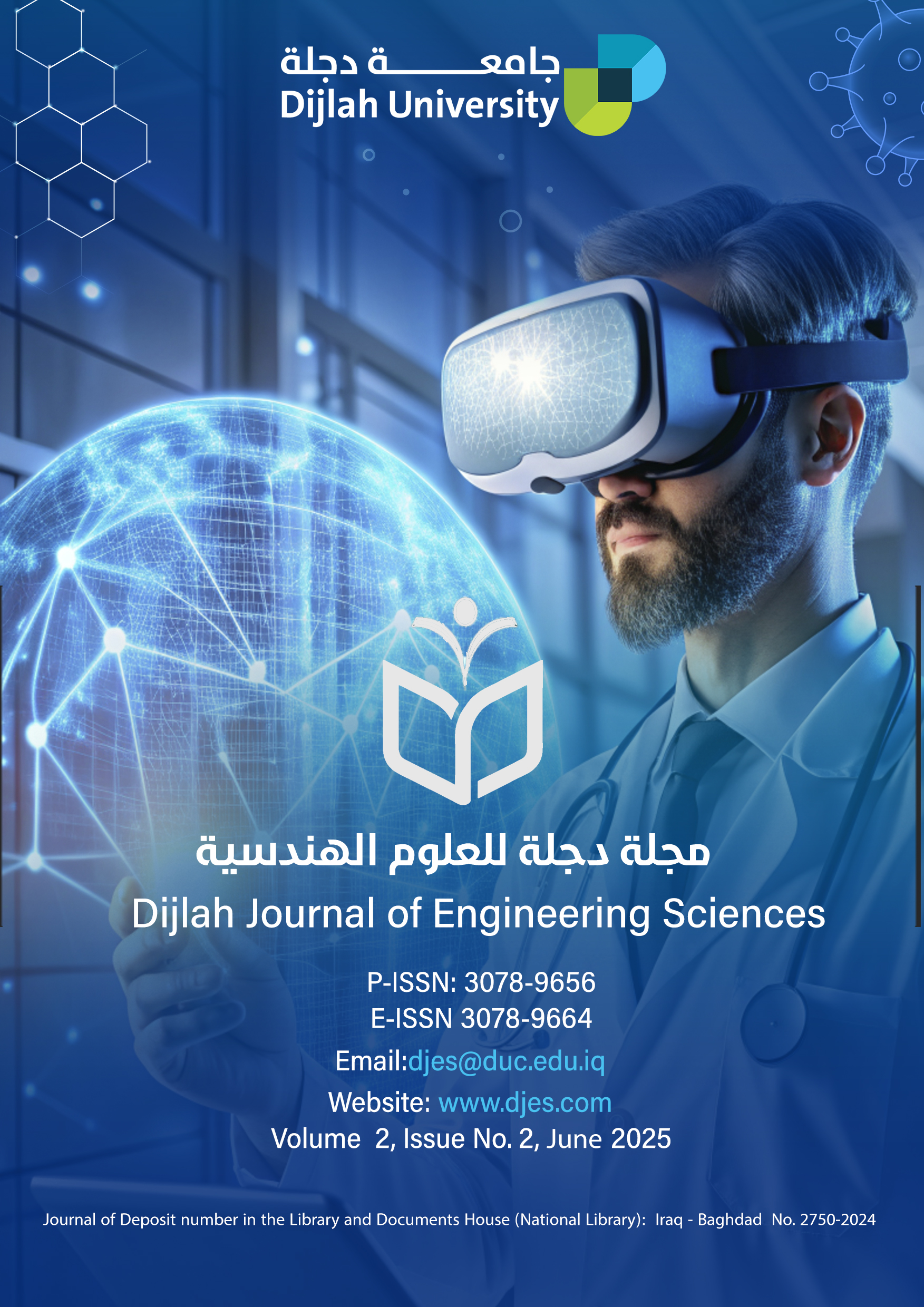Experimental Investigation of Voltage on White Layer Thickness in EDM Process
Keywords:
Electric Discharge Machining (EDM) White Layer Thickness (WLT) Heat Affect Zone Experimental investigationAbstract
Electric Discharge Machining (EDM) is a non-contact and non-conventional tool used in industry for machining hard surfaces and high precision products. After being machined, the EDM process is commonly assessed based on surface roughness and recast layer (the white layer) on the product's surface. The electrical discharge phenomenon has been the subject of numerous investigations and methods, which have been suggested through advancements and process optimization. The thickness of the white layer is one of the most important parameters to consider in the contemporary electrical discharge machining process as it greatly impacts the surface quality of the specimens that are milling with it during the process. White layer development is the primary characteristic of EDM, and it has been examined in the current paper with respect to open circuit voltage. The desired white layer thickness (WLT) is determined by using strict control parameters over the cutting process, such as voltage, wavelength, and other parameters, to ensure uniformity, cracklessness, and white layer thickness in smoothing. The research focuses on the relationship between voltage and the thickness of welded layers (WLT) in AISI 444 stainless steel. The results of the tests indicated that the EDM parameters used were indicating an increase in WLT due to an increase in voltage (140, 240) V, current Ip (12, 24, 50) A, pulse on time Ton (100, 200, 400) µs, and pulse off time Toff (3, 6.5, 12) µs. To determine accuracy of the results, four parameters were used: voltage (140, 240) V, current Ip (12, 24, 50) A, pulse on time Ton (100, 200) µs. WLT can be obtained by increasing the voltage, current, and pulse on time, with higher values.
Downloads
Published
Versions
- 2025-06-16 (3)
- 2025-06-14 (2)
- 2025-06-14 (1)

